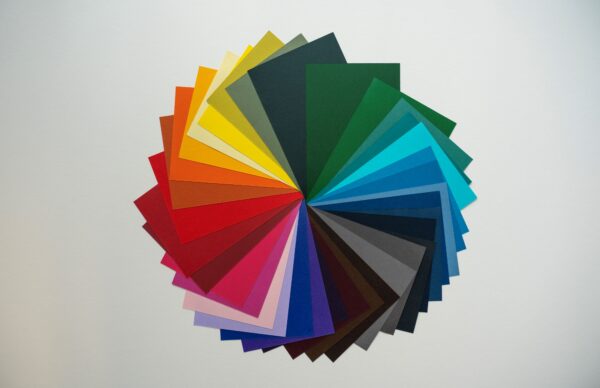Alison Rodwell (pictured), colour trend expert at James Cropper, asks if colour can be owned?
The dispute between a well known telecoms company and a small insurance business continues hot debate over the trademarking of colour. In this case a trademarked colour ‘Pantone Rhodamine Red U’, often known as simply magenta, was in question and poses the question whether colour can really be ‘owned’?
Perhaps we should first understand why a business would be willing to go the lengths of trademarking?
If we start with what we know: colour is critical to brand identity. A recent study showed that signature brand colours can have a tremendous impact on brand awareness, with 80% of consumers being able to identify Starbucks by its characteristic green straw alone.










